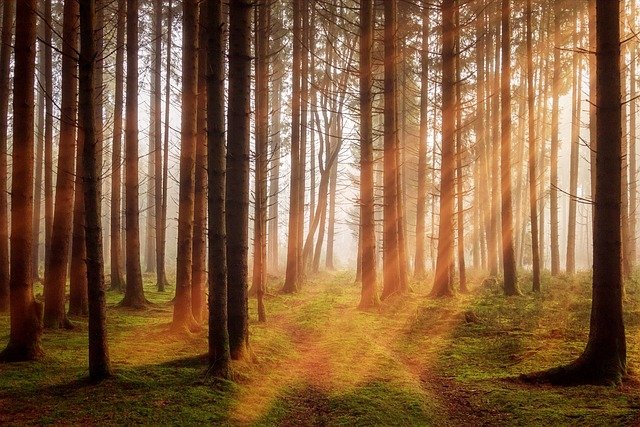**Topic: "The Evolution of Narrative in Video Games:

The Secret Lives of Urban Wildlife
Urban environments are bustling with activity, not just from humans but also from a diverse array of wildlife. While we often overlook the creatures that share our cities, they have fascinating lives that adapt to the challenges and opportunities of urban living. Let's explore the secret lives of urban wildlife and how they thrive in our concrete jungles.
The Resilience of Urban Animals
Urban wildlife has shown remarkable adaptability. Animals like raccoons, foxes, and pigeons have learned to navigate human habitats, finding food and shelter in unexpected places. For instance, raccoons are notorious for rummaging through trash cans, while peregrine falcons have taken to nesting on skyscrapers.
Key Adaptations
- Diet Flexibility: Many urban animals have become omnivorous, consuming a wide range of food sources, from discarded human food to small mammals and insects.
- Shelter Choices: Urban wildlife often utilizes human structures for nesting and shelter, such as under bridges, in parks, or even in attics.
- Behavioral Changes: Some species have altered their activity patterns, becoming more nocturnal to avoid human interaction.
Common Urban Wildlife
1. Raccoons
Raccoons are often seen as the quintessential urban scavengers. Their dexterous front paws allow them to open containers and access food sources that other animals cannot.
2. Pigeons
Once viewed as pests, pigeons are incredibly adaptable birds that thrive in cities. They have learned to forage for food scraps and can often be seen congregating in public squares.
3. Coyotes
Coyotes have successfully adapted to urban areas, often seen roaming parks and residential neighborhoods. Their presence can help control rodent populations, making them beneficial to urban ecosystems.
4. Squirrels
These agile creatures are ubiquitous in urban parks and gardens. They play a crucial role in seed dispersal, helping to maintain the greenery of our cities.
The Importance of Urban Wildlife
Urban wildlife plays a vital role in maintaining ecological balance. They contribute to pest control, pollination, and seed dispersal, which are essential for the health of urban ecosystems. Moreover, their presence can enhance the quality of life for city dwellers, providing opportunities for wildlife observation and connection to nature.
How to Coexist with Urban Wildlife
1. Secure Trash Bins
To minimize human-wildlife conflict, it’s essential to secure trash bins and avoid leaving food scraps outside.
2. Create Wildlife-Friendly Spaces
Plant native species in gardens and parks to provide food and habitat for local wildlife. Consider installing birdhouses or bat boxes to encourage biodiversity.
3. Educate and Advocate
Spread awareness about the importance of urban wildlife and advocate for policies that protect their habitats. Engaging in community clean-up efforts can also benefit both wildlife and residents.
Conclusion
The secret lives of urban wildlife remind us that nature is all around us, even in the most developed areas. By understanding and respecting these creatures, we can foster a harmonious coexistence that benefits both humans and wildlife alike. Next time you spot a raccoon rummaging through a trash can or hear a coyote howling in the distance, remember that these animals are not just surviving; they are thriving in the urban landscape we share.
Further Reading
- Urban Wildlife Conservation
- The Role of Wildlife in Urban Ecosystems
- How to Create a Wildlife-Friendly Garden
Feel free to share your experiences with urban wildlife in the comments below! 🦊🌳

All images are taken from the Pixabay.com